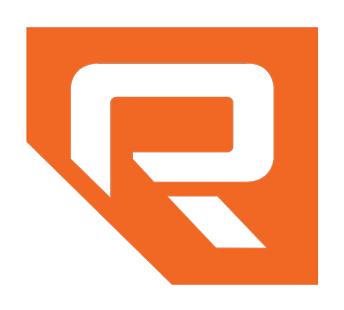US District Court Rules Art Created Solely by Artificial Intelligence Ineligible for Copyright Protection
Earlier this month the US District Court for the District of Columbia weighed in on one of the many novel intellectual property issues raised by the fast-growing field of generative artificial intelligence (AI). In Stephen Thaler v. Shira Perlmutter and The United States Copyright Office (1:22-cv-01564) (June 2, 2022), computer scientist Stephen Thaler challenged the US Copyright Office’s refusal to register an image generated by the Creativity Machine, an AI system that he created. Thaler, who listed himself as the owner of the copyright under the work-for-hire doctrine, tried multiple times to register the work with the Copyright Office, explaining the work had been “autonomously created by a computer algorithm running on a machine.” However, he was repeatedly rejected on the basis that copyright law only extends to works created by human beings, a longstanding threshold for copyright protection. After the Copyright Office Review Board affirmed the denial of registration, Thaler filed a lawsuit contesting the denial and the Copyright Office’s human authorship requirement.
Unfortunately for Thaler, Judge Beryl Howell agreed with the Copyright Office in holding that “human authorship is a bedrock requirement of copyright.” While the Court acknowledged that “copyright is designed to adapt with the times,” it simultaneously noted that “copyright has never stretched so far . . . as to protect works generated by new forms of technology operating absent any guiding hand.” The Court also contended that extending copyright protection to works without any human creativity would not further the goal of Copyright Act, to encourage creation and to promote science and useful arts, as “[n]on-human actors need no incentivization with the promise of exclusive rights under United States law.”
However, this does not mean that any work created with the assistance of AI technology is immediately ineligible for copyright protection. In March, the Copyright Office issued official guidance on works containing material generated by AI, indicating openness to granting protection for works created with AI assistance on a case-by-case basis. In the publication, the Register of Copyrights and Director of the U.S. Copyright Office Shira Perlmutter explained, "The Office will consider whether the AI contributions are the result of 'mechanical reproduction' or instead of an author's 'own original mental conception, to which [the author] gave visible form.'"
In the US, Copyright protection is afforded to original works of authorship fixed in a tangible medium of expression. This boils down to three basic elements:
Creativity, which requires that the work have a “modicum” of creativity,
Fixation, which requires that the copyrighted work must be recorded in a tangible format, and
Originality, meaning that it cannot be a copy,
At Renner Otto, the oldest intellectual property firm in Cleveland, we specialize in assisting our clients as they develop efficient Intellectual Property strategies that are tailored to their business’s needs. Our attorneys are knowledgeable on a wide range of domestic and international IP issues, and we partner with Firms around the world to better serve our clients.
Someone from the Renner Otto team would be happy to discuss this topic or any related Intellectual Property matters. Contact us for a complimentary consultation to see how we can help your business move your innovation forward.
The attorneys at Renner Otto strive to be authorities in all matters concerning the ever-evolving landscape of Intellectual Property; however, the information provided on our website is not intended to be legal advice, nor does it create an attorney-client relationship.


